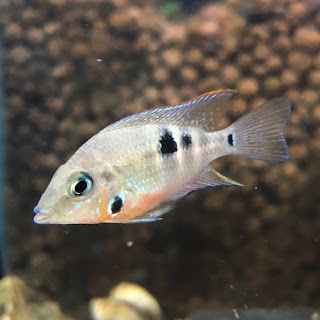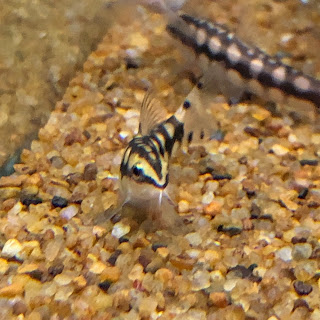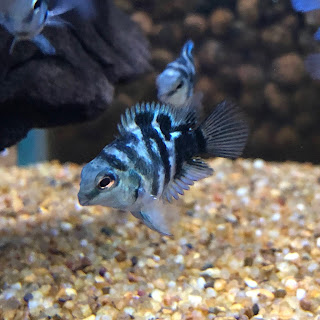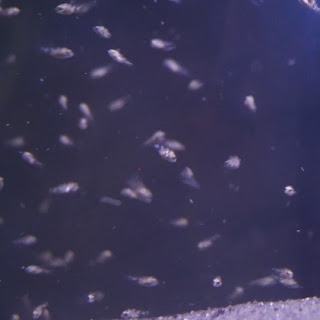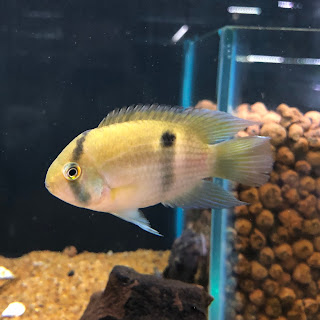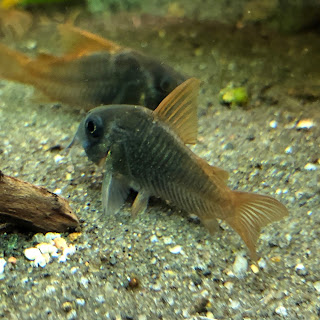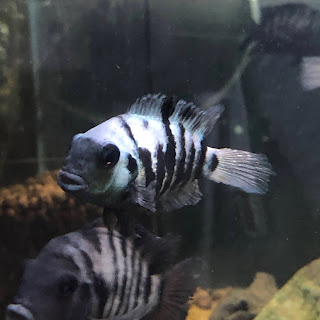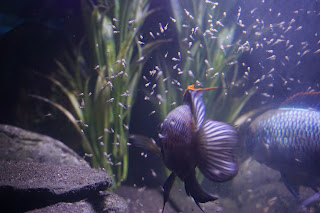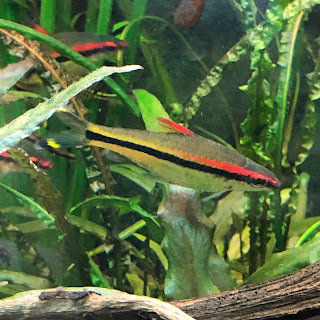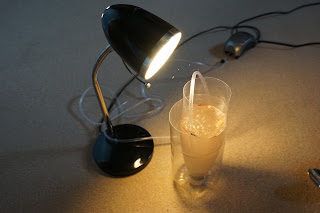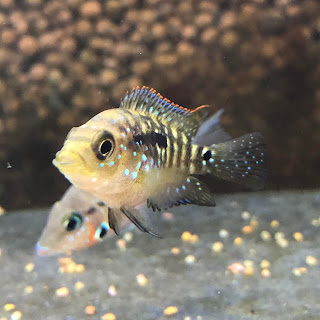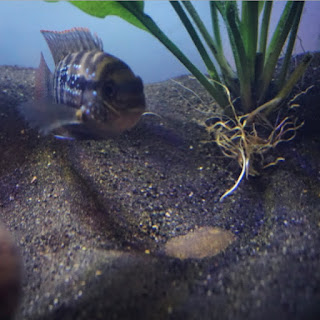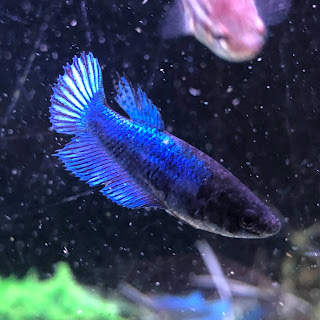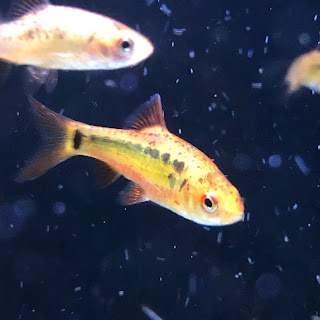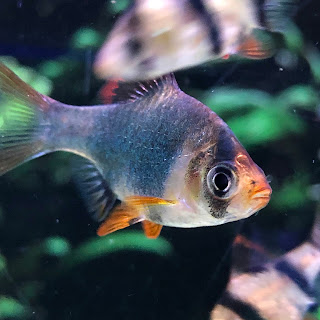So yesterday turned into a very exciting sunday afternoon, at roughly 5 o’clock my female blue acara started laying eggs again! My female blue acara is called BB and my male electic blue acara is called bubblegum, these guys are my breeding pair. It was not intentional to end up with a breeding pair but these guys had other plans As mentioned in my previous blog post BB laid eggs last month in my main community fish tank, the eggs along with the parents were moved into a breeding tank. Unfortunately this led to one of the parents eating all the eggs that night, which I guess is from stress of moving. I decided to leave them in the breeding tank to settle and was hoping they would breed again. Research on the internet stated that blue acaras are ready to breed again just 2 weeks after, which is very impressive! Sure enough 13 days later and BB is laying her second lot of eggs, result! I watched the process in which BB laid a line of eggs and then bubblegum went over the line to fertilis
